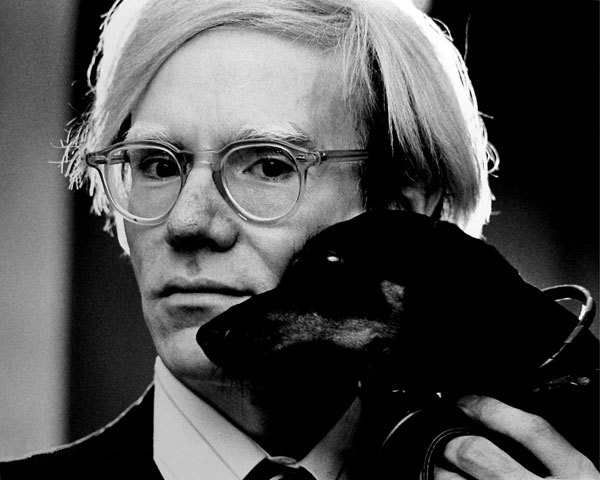Something that was said in the first interview with Earsnot was "Graffiti was that one thing I could jump onto and slide out the window of my life." This caught my interest because it shows another purpose to why these artists choose a wall over a canvas. By being a graffiti artist you have to stay unknown because it's not legally allowed but it gives a whole new life for them. At one moment they can be a completely seemingly normal person and in another moment they are highly praised by those who follow their work. It's almost as if they are superheros of the art world.
With that being said I found Earsnot to be interesting because of his explanation of why he does graffiti. As he mentions that he pretty much did everything he could to be the center of attention with his friends and at school, he also mentions that he had to be a completely different person in front of his parents at home. He says in the video how his father took his flute away, the only thing he ever really liked, all because of something he did at school and it was around the same time that he found out about graffiti. I like that he knows what he's doing is bad but he's still doing it for his own pleasure and happiness and he's not going to let anyone take that away from him like his father took his flute away. As I said before he's living two completely different lives, one that's acceptable and one that's not, but the one that's not is his only escape from the one that is.
I found the idea of tagging very interesting. Every artist is different in their work, especially in graffiti. Graffiti artists have their own tags, whether it be their name or something that represents who they are as an artist and place it anywhere that they can. For me, the coolest thing about it all is that it's free and can go way more appreciated when money is not involved. Also, you can make a game out of it. Once you find a tag you like the most you keep a look out for it in other places and it's almost like a mini victory when you finally do find one. It's like you follow the artist on their quest to get their work out into the public.


